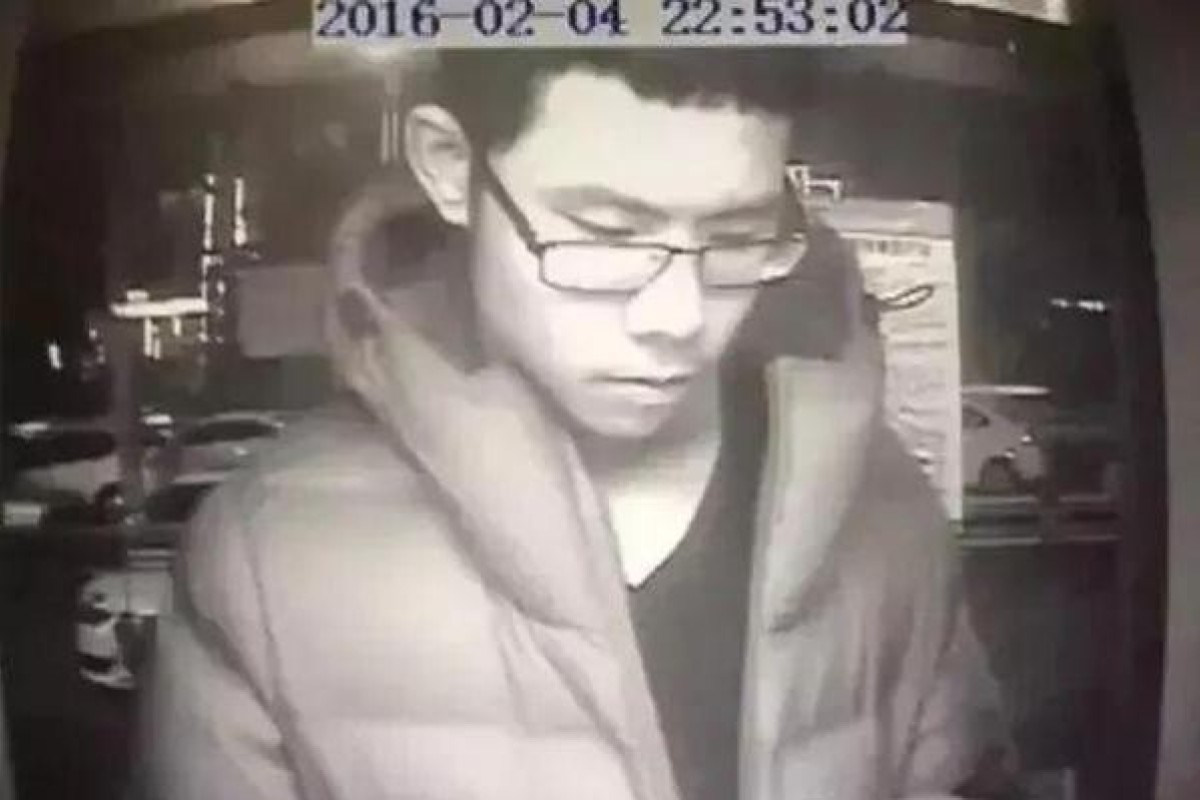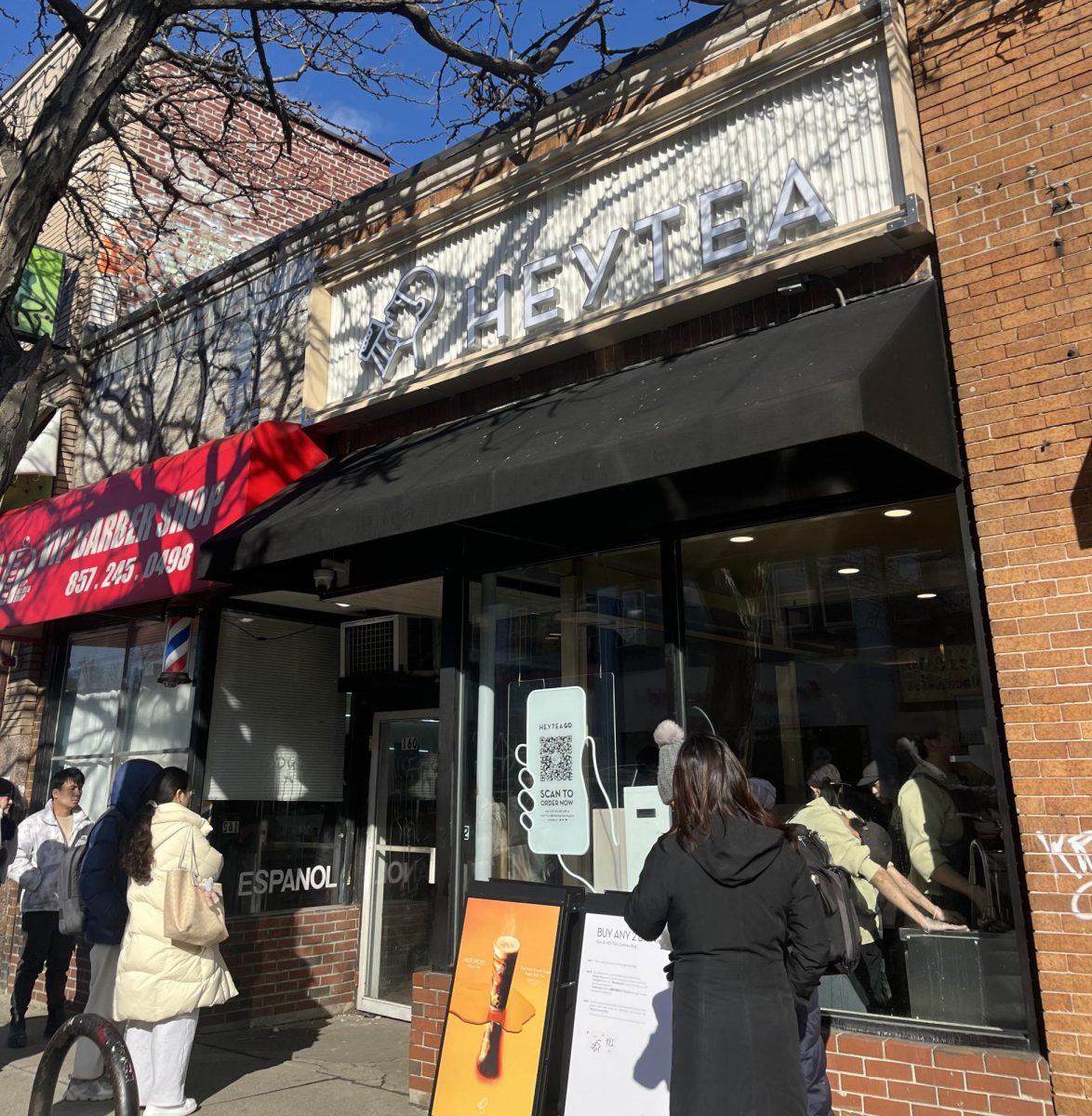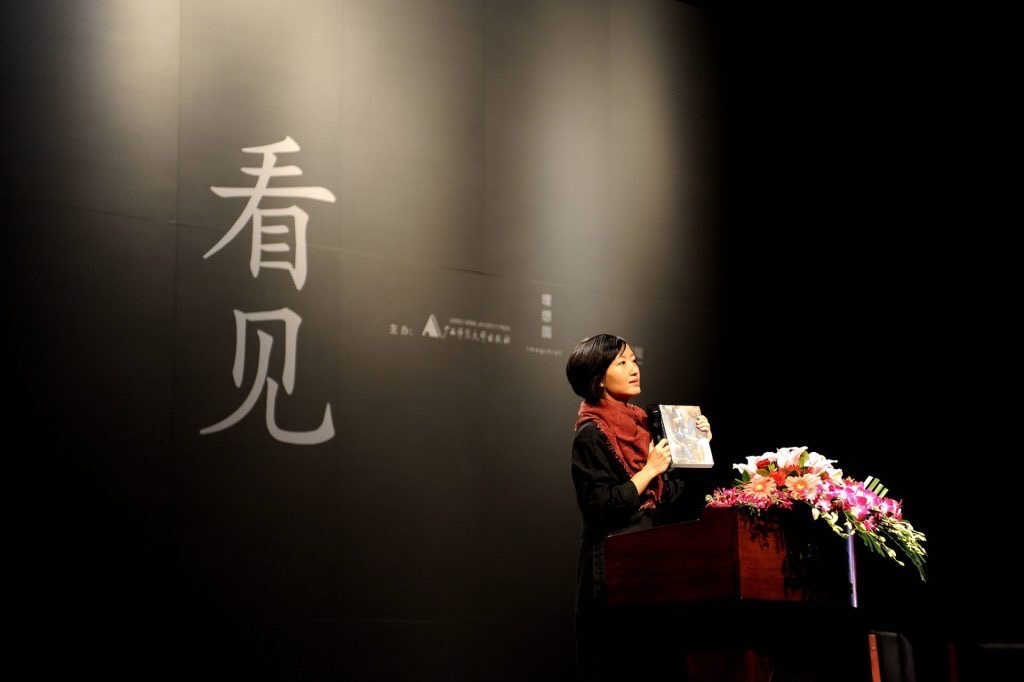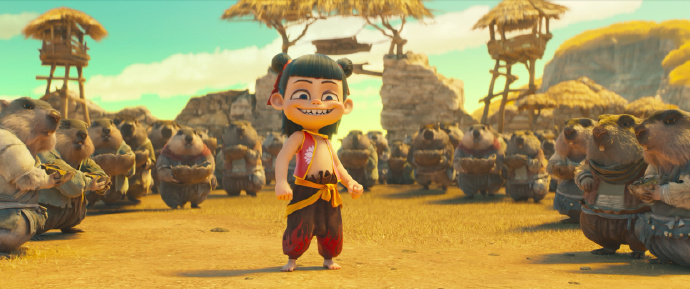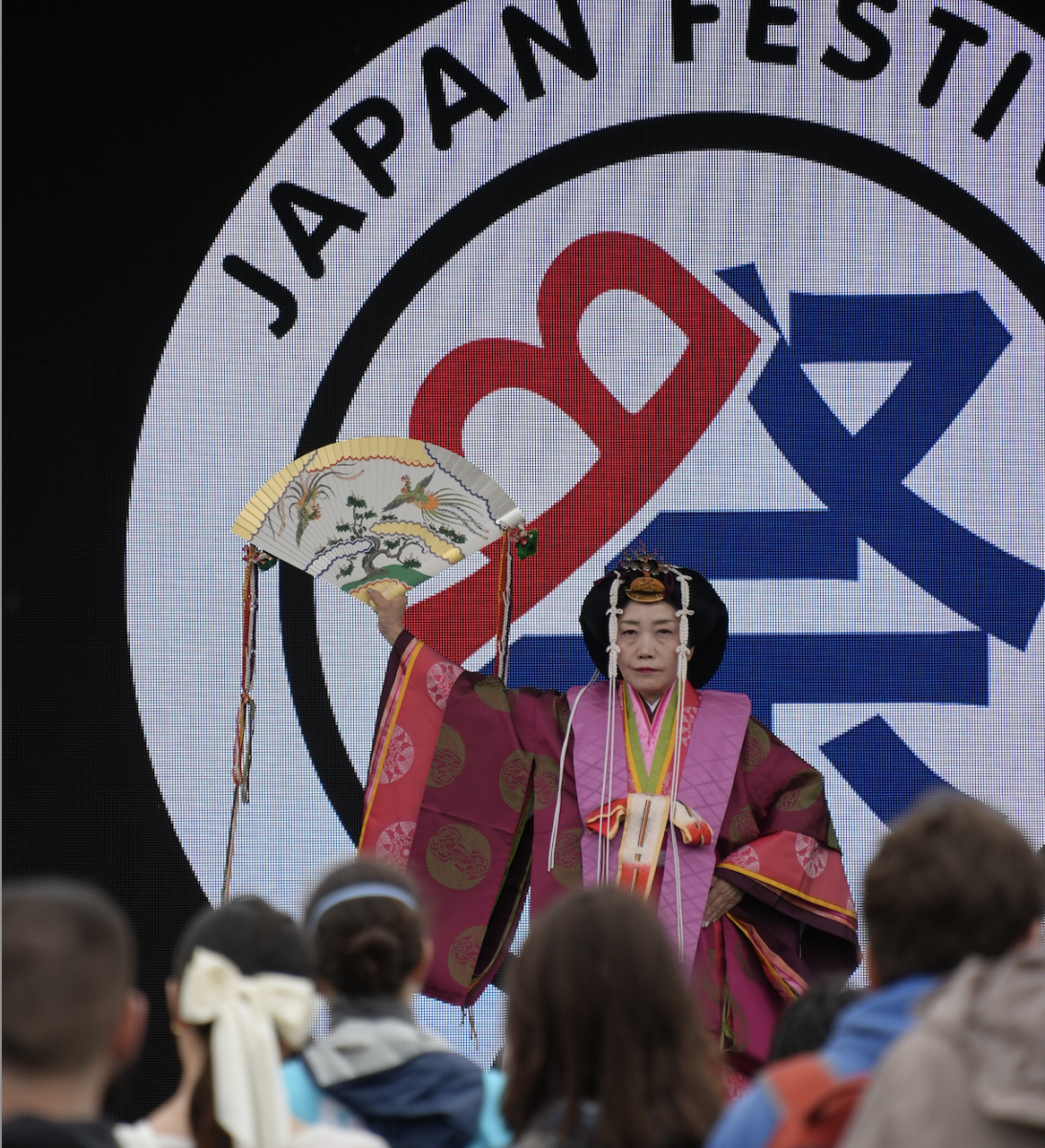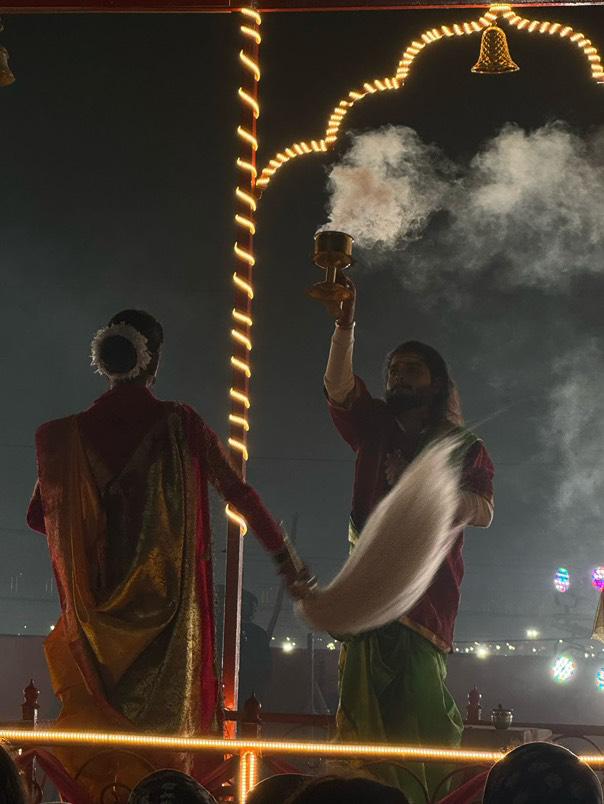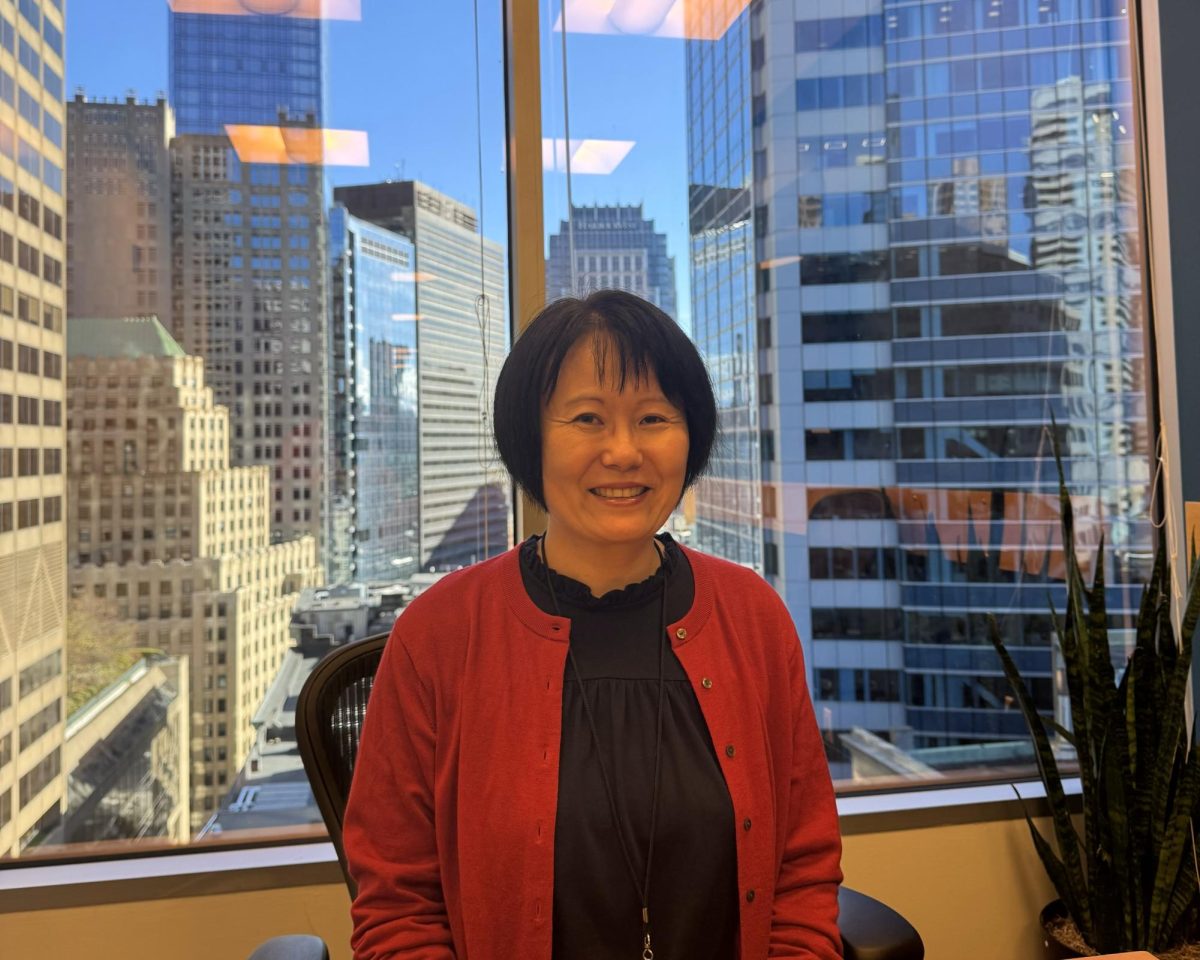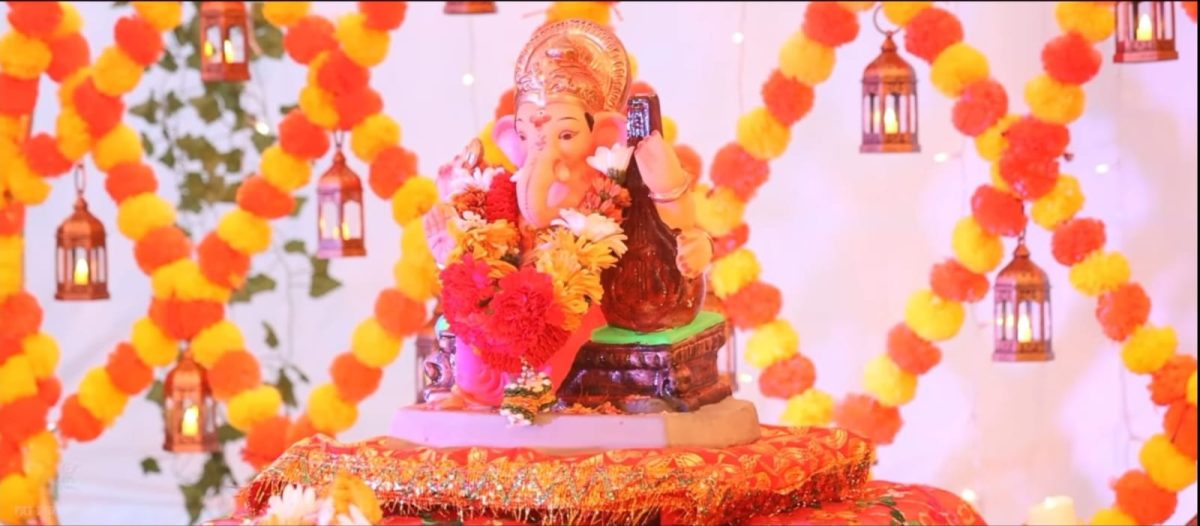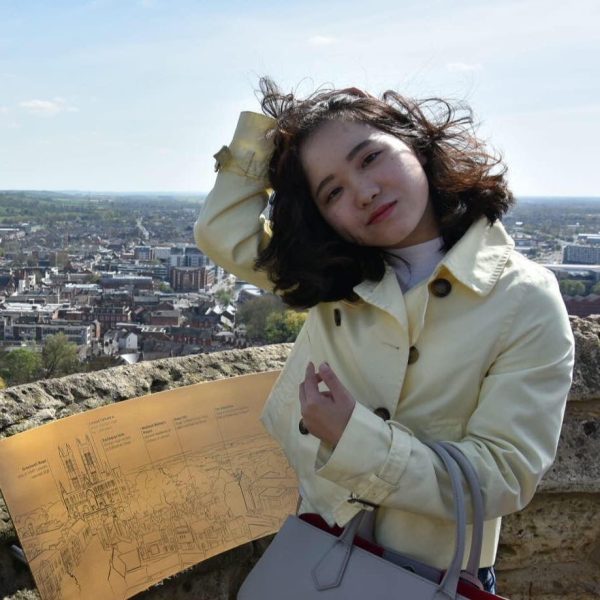An overnight snowstorm brought over four inches of snow to Boston by Sunday morning, but the winter chill didn’t dampen the excitement for Chinese New Year celebrations at 11 a.m. On Feb. 9, the annual lion dance performance kicked off at Phillips Square, with the rhythmic beats of drums and the crackle of firecrackers filling Chinatown’s blocks.
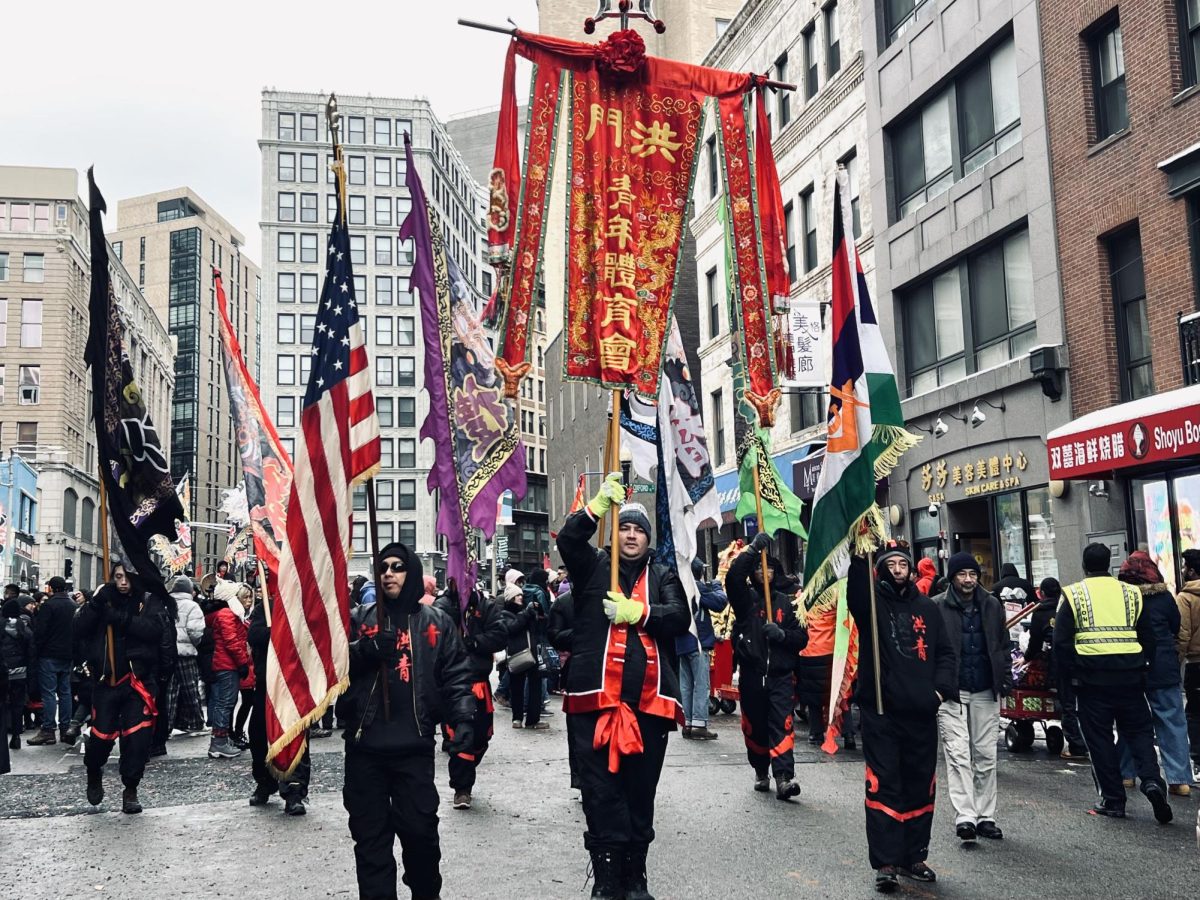
Though the slushy roads after the heavy snow posed a challenge to the lion dance movements, 10 lion dance teams from various Chinatown business associations, martial arts schools, and educational institutions participated in the celebration performance. As part of the two-week-long Chinatown New Year celebrations, the lion dance parade elevated the festive atmosphere to its peak.
Rick Wong, President of Chinatown Main Street, told the Global Observer, “This event has been hosted and organized by the Chinese Consolidated Benevolent Association (CCBA). The lion dance has a long tradition that existed long before I arrived in Boston in the 1970s.”
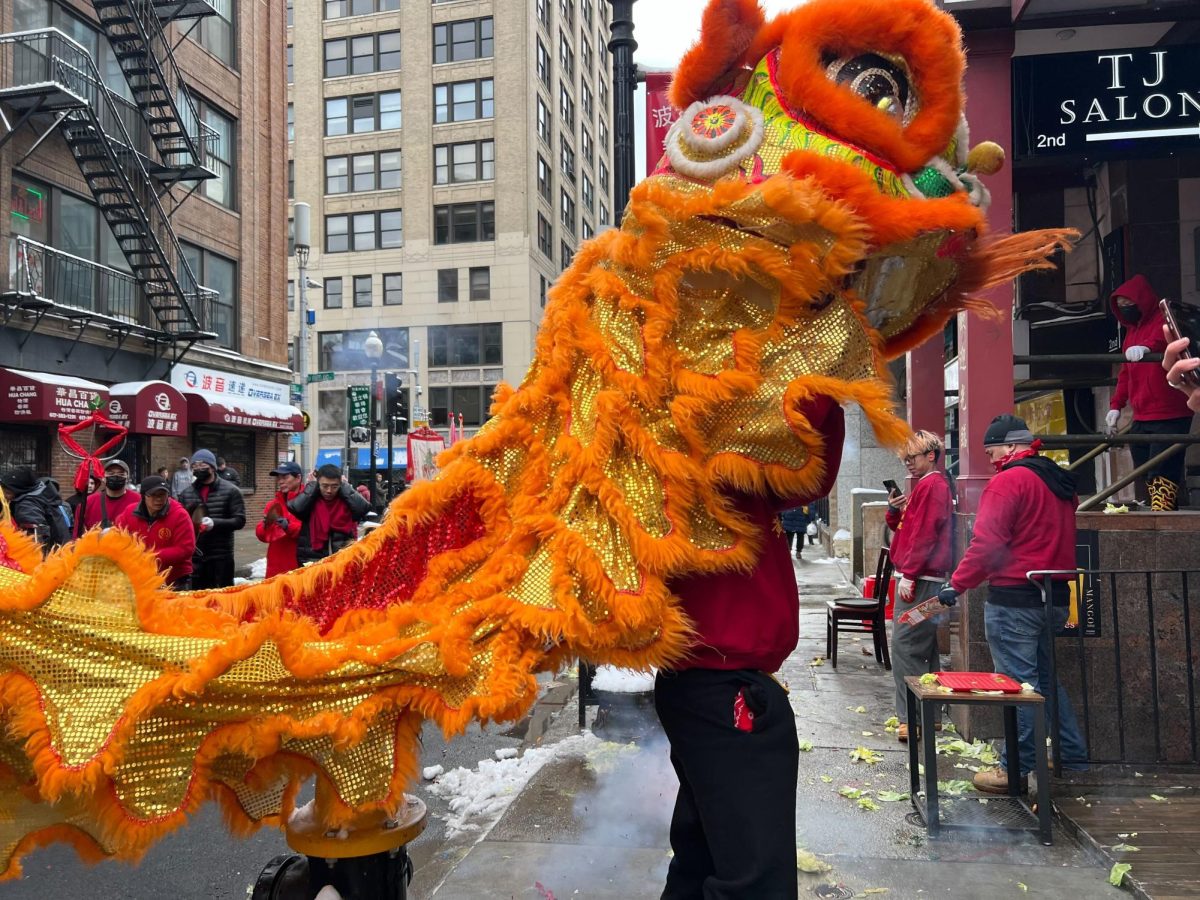
Each year, Lion dance troupes follow traditional parade routes, visiting from store to store to perform “Cai Qing(采青)”—a ritual known as “plucking the greens.” At the boba shop Tsaocaa on Tyler Street, a green, fabric-and-sequin-adorned lion playfully bobbed its head at the staff as customers gathered around. Normally, a lion is performed by two people—one controlling the head and its expressive features while the other moves the tail.
The green lion stomped and swayed to the rhythm as musicians played drums, gongs and cymbals. Amid the lively celebrations, a store employee placed a money-filled red envelope into the lion’s mouth, which is believed to bring good luck and ward off evil spirits.
After receiving the red envelope, the lion “ate” cabbage and oranges set on a table in advance. Michael Wong, a Wong Family Benevolent Association leader, explained the meaning behind the practice, “In Cantonese, ‘cabbage’ sounds like ‘wealth’ and ‘orange’ sounds like ‘luck.’ Businesses place them at their entrances, wishing for prosperity and good fortune in the new year.”
Pushkal Ramesh recently moved to Boston from Philadelphia with his family and was excited to witness the parade. “This is our first time watching this. We can relate it to what we see back in India, though we celebrate in a different way. You see this in movies; it’s nice to see all these in real life,” he said.
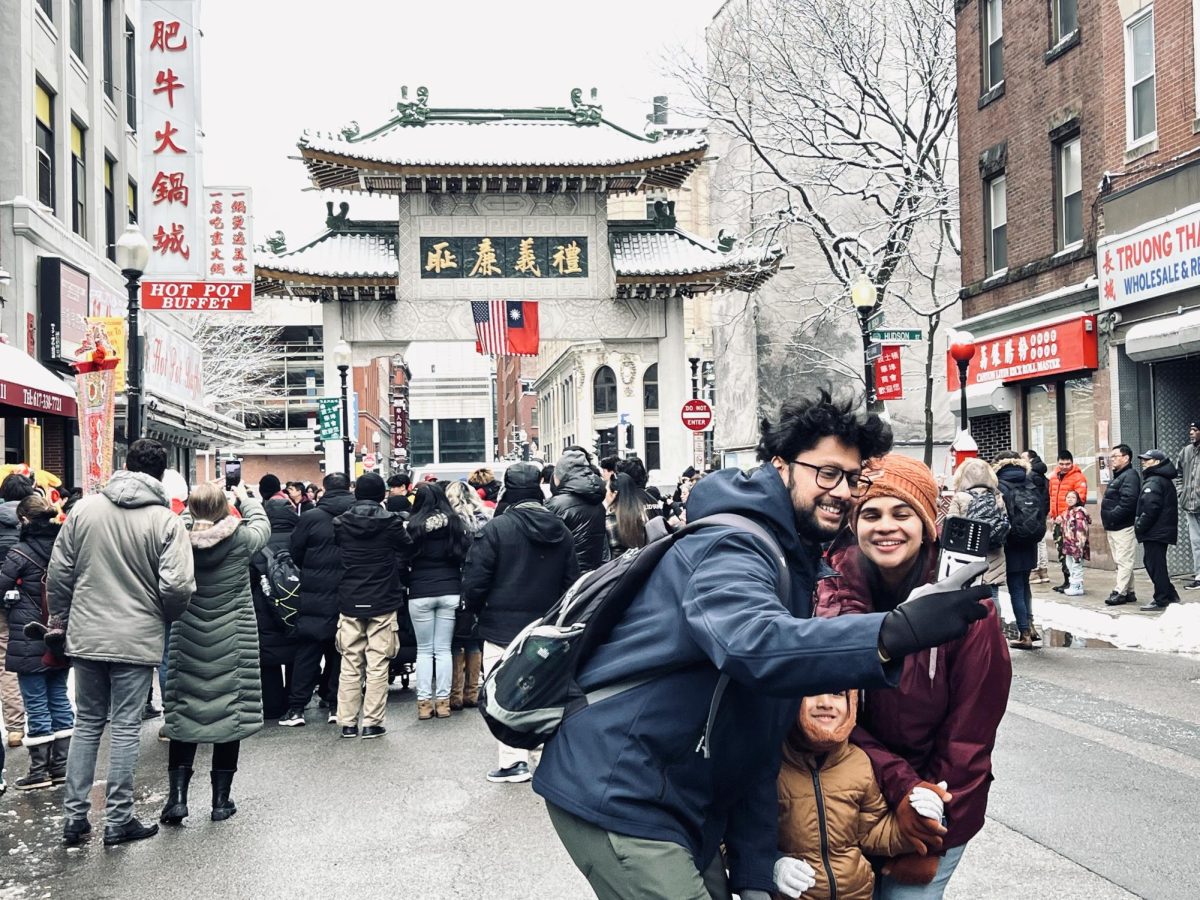
In addition to the parade, Chinatown Main Street hosted a Chinese Cultural Village, where visitors could explore traditional Chinese arts and crafts, engaging in a series of booths like Chinese calligraphy, handmade dough figurine making, coloring activities, origami folding and live performances. One of the most popular stops was the calligraphy booth, where artists handwrote personalized spring couplets in black ink, with festival messages of prosperity and happiness.
Wong noted, “Preparations for these events have been ongoing for months. Although the snowy weather has impacted attendance this year, as seen last year with around 430 to 450 participants in the Cultural Village, the festive spirit is still strong. “
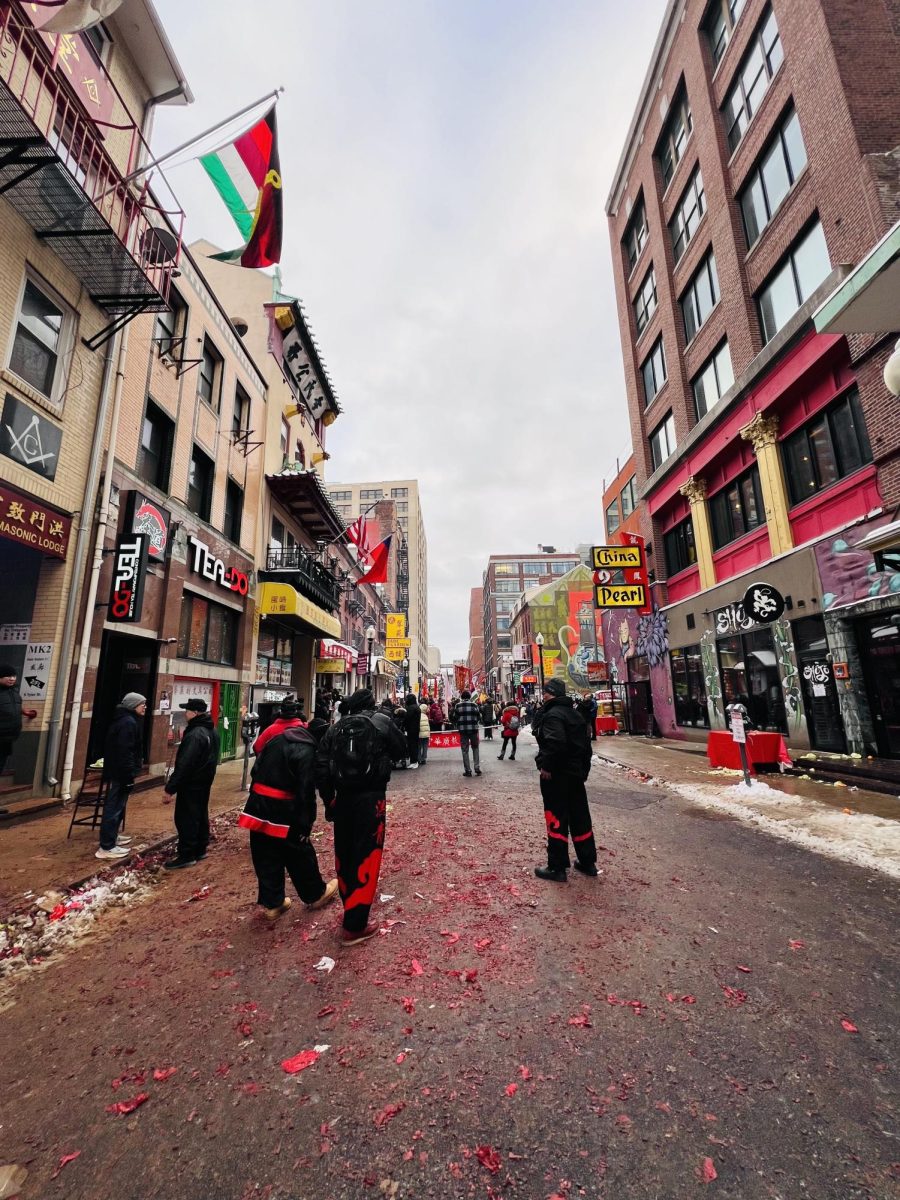
The Spring Festival has promoted family values and social cohesion that resonate with people across cultures and borders. Recognizing its global influence and cultural significance, the United Nations Educational, Scientific and Cultural Organization (UNESCO) added China’s Spring Festival to its Intangible Cultural Heritage List in 2024. This year also marks the second official celebration of the Lunar New Year as a recognized public holiday in Boston since its designation in 2023.


